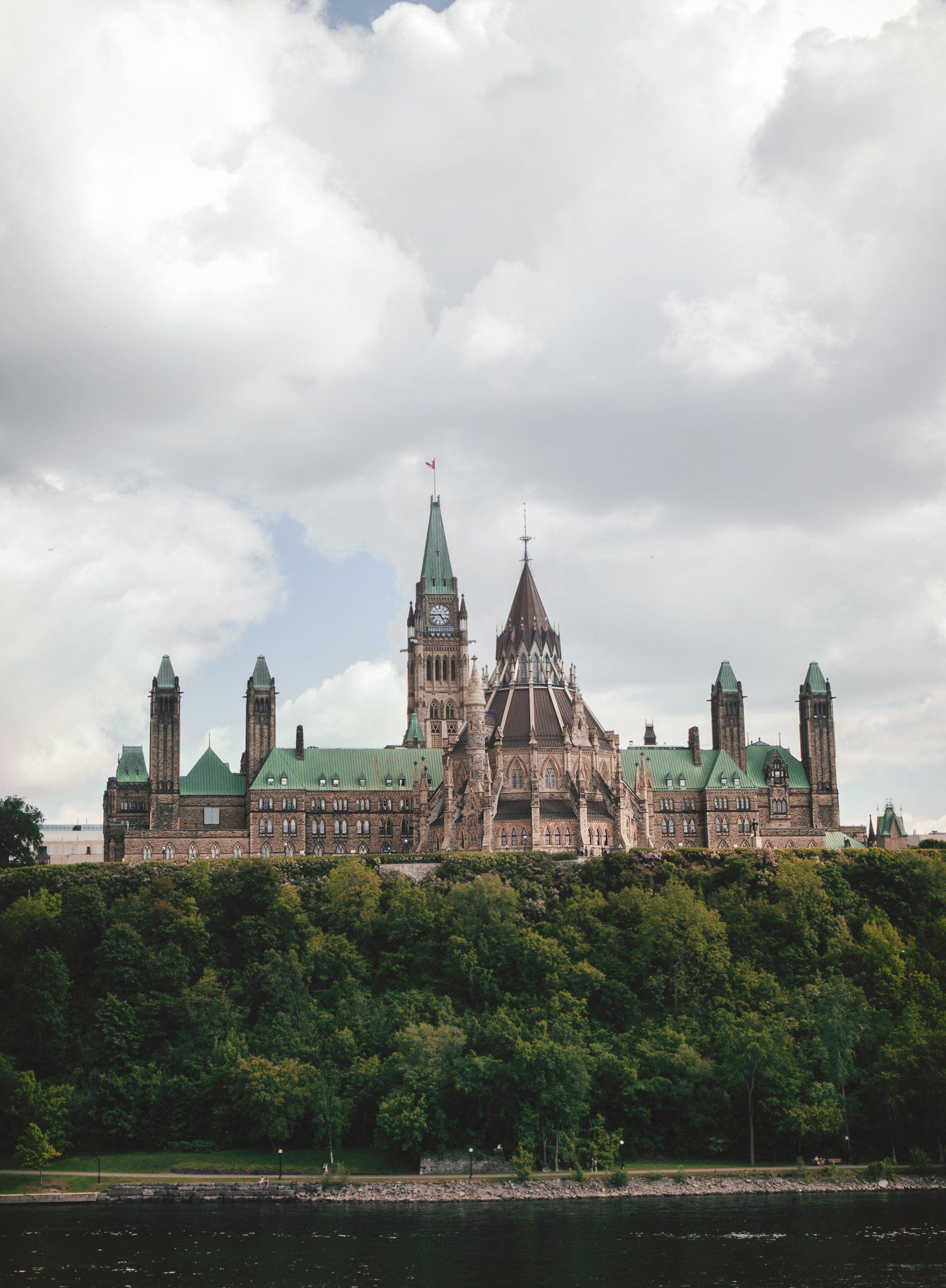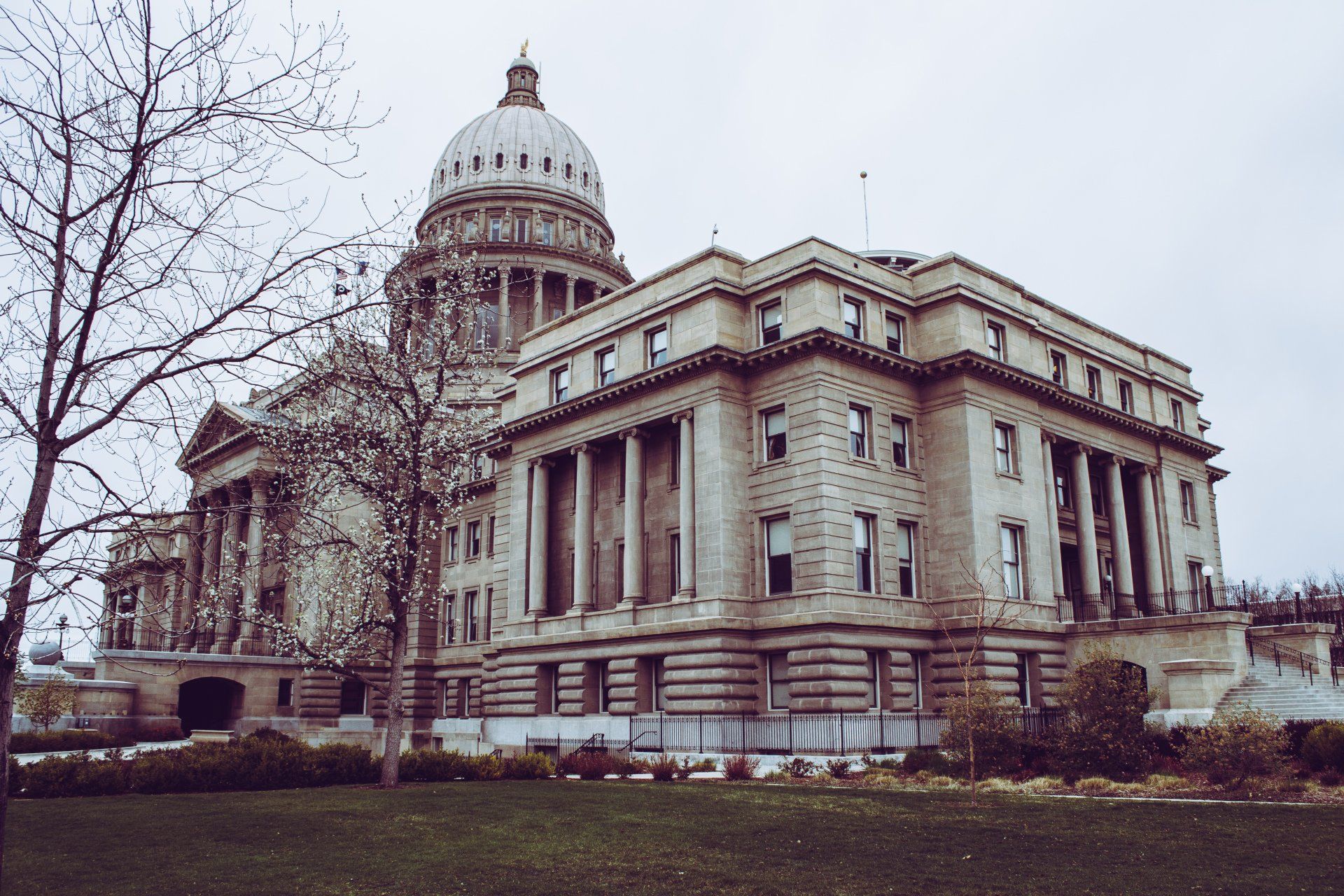Pros and Cons of the Metaverse
The Implications of the Latest Phase of the Internet
Over the past decade, computer technology has evolved exponentially. It has made our lives easier, and at the same time, catapulted us thousands of years into the future. Many ideas that were once science fiction are now a reality. The metaverse may very well be the next step in the evolution of the internet. However, as we swiftly progress toward the next paradigm of computing, we must understand the benefits and drawbacks that the metaverse will bring.
What Is the “Metaverse”?
The term "metaverse" was first coined by Neal Stephenson in his 1992 science fiction novel Snow Crash, in which he imagined lifelike avatars meeting in realistic 3D buildings and other virtual reality scenarios. Since then, the metaverse has become a catch-all phrase for any shared digital space.
Today, Stephenson’s fictional world is growing closer to reality, as the metaverse is now a term used to describe a shared virtual space that is made up of multiple technological elements, including augmented reality (AR), virtual reality (VR), and video. Some experts describe it as a 3D model of the internet that would exist parallel to our physical world and would enable day-to-day activities such as work, gaming and learning to take place through a virtual, immersive experience.
In the truest sense of the term, the metaverse would be accessible through a single gateway and each user would have an avatar that they could use to interact with others and live out their digital lives in this virtual world.
Although we have seen glimpses of a world such as this, the true metaverse is not here yet. We are still in the early, building phases of the metaverse, and, as a result, there is no single definition of the metaverse because nobody knows what it will look like. Just like it would have been difficult to describe and predict the internet as it exists today back in the 1970’s, it’s difficult to predict what the metaverse will evolve into in the coming decades.
The Elements of the Metaverse
Generally speaking, the metaverse is made up of a combination of virtual reality (VR), which is characterized by persistent virtual environments that exist even when one is offline, combined with augmented reality (AR), which blends features of both the digital and physical worlds. It includes a digital economy in which users can design, buy, and sell products, and is interoperable, allowing users to move virtual objects, like clothes or cars, from one platform to another, under the more idealized conceptions.
The Metaverse Today
The idea of the metaverse gained international attention in 2021, with Facebook’s announcement of the rebrand of its parent company to “Meta”. Meta’s CEO, Mark Zuckerberg, also stated that they would spend $10 billion dollars and hire 10,000 employees in Europe to build a metaverse. Meta currently has a line of products called Horizon Worlds, a social VR application that allows users to connect in highly immersive 3D worlds. They have also developed hardware that enables users to enter and interact within their Horizon communities interactively, such as their Oculus Quest 2 product. Horizon Worlds' monthly user base has expanded by 10x in three months to 300,000 people since it was launched in the US and Canada in early December, showing there is an appetite for immersive virtual worlds from the general public.
Meta is not the only company currently investing in building the metaverse. Microsoft has built Mesh for Microsoft teams, which is intended to help organizations and consumers boost remote collaboration and deliver immersive training and communication solutions. Microsoft accomplished this by creating a virtual space for real-time collaboration that participants can access via their mixed reality glasses - HoloLens 2, virtual reality (VR) headsets, smartphones, tablets, or PCs.
Microsoft has been investing aggressively into metaverse technology, with their recent acquisition of gaming company, Activision, which owns popular games Call of Duty and World of Warcraft, in a deal worth $68.7 billion. Microsoft’s CEO Satya Nadella stated they made this move because this deal would provide “the building blocks for the metaverse”. Other companies like Zoom, Alphabet, and Google also have metaverse products in the works, although no official announcements have been made as of yet.
The metaverse industry is currently set to become an $800 billion market by 2024, so it is no wonder that several tech giants have been making large investments in this space.
The Next Paradigm of Computing
Although the metaverse is still in its early stages, with only a few platforms available for general use, its virtual world promises endless possibilities for employment, gaming, social interaction, and economic growth. Some other potential use cases for the metaverse are the ability for users to purchase and monetize real estate, create games and other VR experiences, shop for real and virtual products, attend concerts, and much more.
While the metaverse promises a lot, it is yet to be seen if companies will be able to work together to create this interconnected 3D virtual reality as a lot of advancements still need to occur. As various companies take strides towards creating the metaverse, it is important to understand the pros and cons that this technology will bring.
The Case for the Metaverse
Facilitates Remote Work
Businesses across the globe have had to adapt to a new way of working due to the coronavirus pandemic. However, working remotely sacrifices the shared connection that people experience with in-person work. According to a report by User Guiding, remote hiring, training, and onboarding of new hires were employers’ largest recruitment challenges amidst the coronavirus pandemic, with 49.7 percent of businesses stating employee engagement as the greatest challenge.
The applications of the metaverse for workplace connection would facilitate a better connection between employees and would allow managers to effectively communicate with their teams while reading their body language through virtual interactions. Furthermore, by keeping track of team productivity through their distinct avatars, employers may better handle issues such as productivity time theft at work.
Decreased Carbon Emissions
It is also possible that emissions in some aspects of our lives will be mitigated by the metaverse. The metaverse is designed to be a home for a lot of the events and activities that currently take place in-person, and by moving a lot of these events online, there is the potential to significantly lower carbon emissions.
By organizing concerts in virtual environments, for example, environmental expenses associated with travel—particularly air travel—will be decreased. Commuting emissions may also be reduced, as office premises will be housed in the metaverse. As a result, net emissions can decline and the metaverse's overall environmental impact will be reduced.
Improvements to Healthcare Services
According to a survey of 398 healthcare professionals that was performed after the pandemic, about 20 percent of patient appointments will still be conducted via telemedicine, compared to 2 percent before the COVID-19 outbreak. The metaverse could usher in the next stage of telemedicine, better facilitating physical and mental health treatments where patients can be diagnosed and treated with the help of VR and AR technologies. It could also facilitate interactive medical learning as medical education would become more engaging with the use of technology, especially where hands-on skills are essential.
The Case Against the Metaverse
Privacy & Security
Even though businesses and organizations continue to improve their IT security systems, data privacy and security have long been a concern for users of any online environment. Submerging into the metaverse will necessitate the creation of new security procedures to keep up with the metaverse's ever-expanding nature.
There is also the concern about the companies behind the metaverse collecting a large amount of data about their users, posing security and privacy concerns. Furthermore, this information has the potential to be gathered, sold, and utilized for intrusive internet advertising, identity theft, and other cyber-related crimes. Meta, specifically, has been the target of investigations all over the world for alleged internal policies that downplay or ignore how their social media platforms have harmed their users' interests, and these concerns could be inherited into its future platforms.
Legal Ambiguity
The metaverse is bound to bring many users together, making it a terrific location to connect and exchange information. However, it also puts users at risk if there are no regulations governing its space. Therefore, identifying jurisdiction, enacting regulations, and pinpointing who has the power to enforce laws will be crucial in ensuring that the virtual world is safe and secure for all users.
Potential for Addiction
The metaverse could be highly addicting as it would provide an alternative to reality. High internet users were more likely to be socially isolated, according to a 2018 study published in the American Journal of Educational Research. Given the metaverse's potential, it could exacerbate this problem and lead to the cascading effects of anxiety and depression. Builders of the metaverse must incorporate digital well-being tools to prevent users from suffering from addiction.
The Verdict
The metaverse has the potential to forever alter how we work, play, and socialize. It has the potential to facilitate remote work, decrease carbon emissions, and improve healthcare services. However, to ensure the well-being of all as we move towards this future, we need to ensure that concerns around privacy, legal issues, and addiction are addressed.


